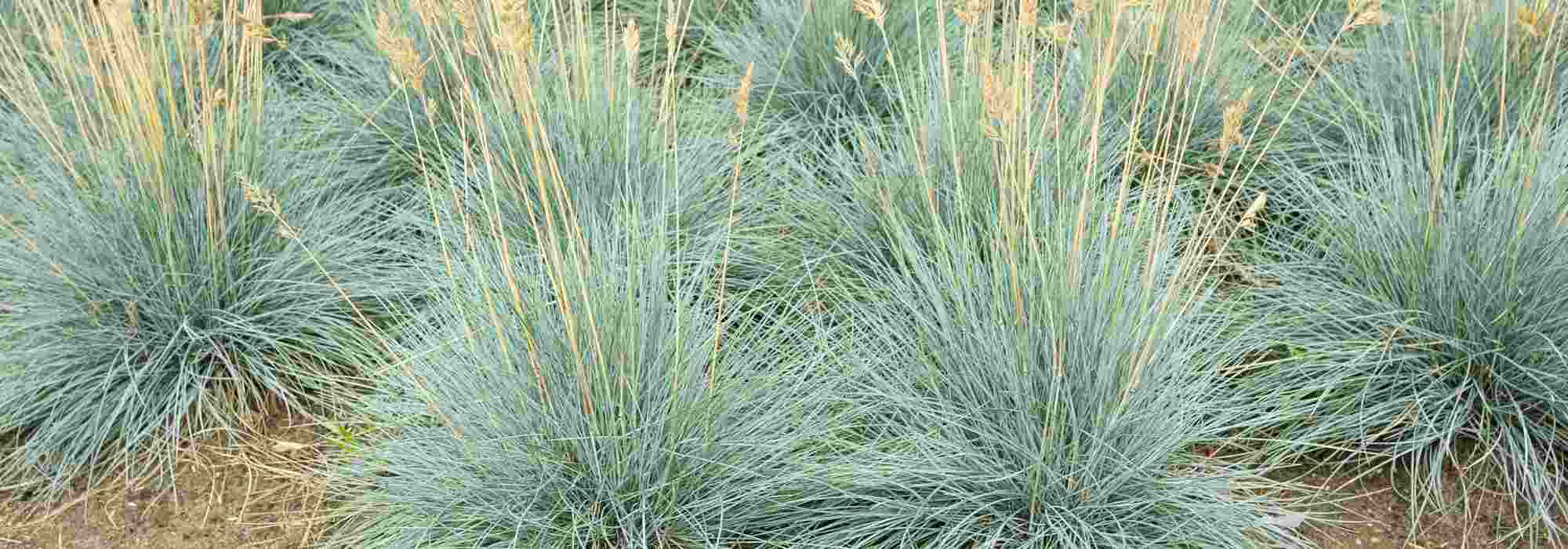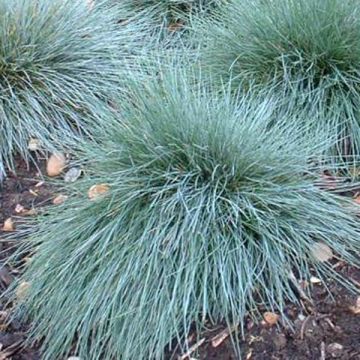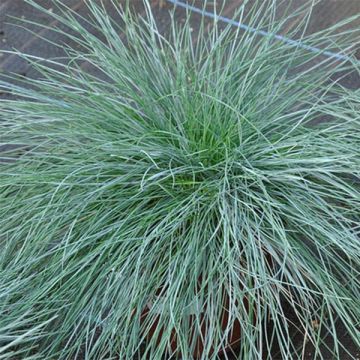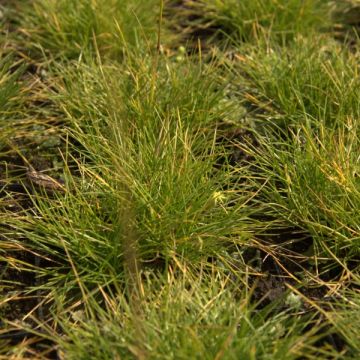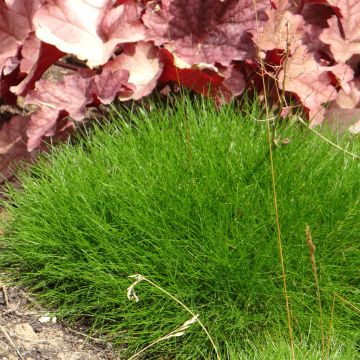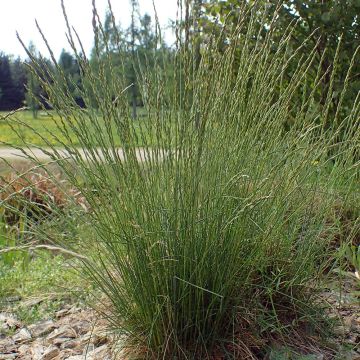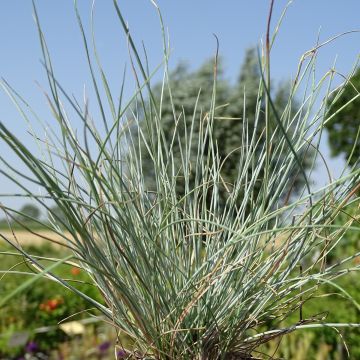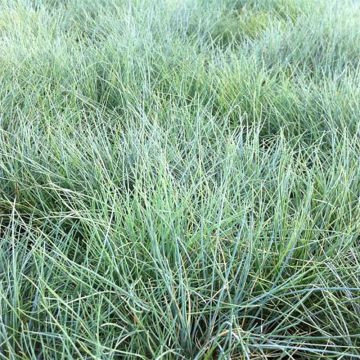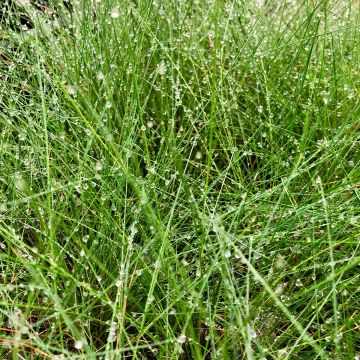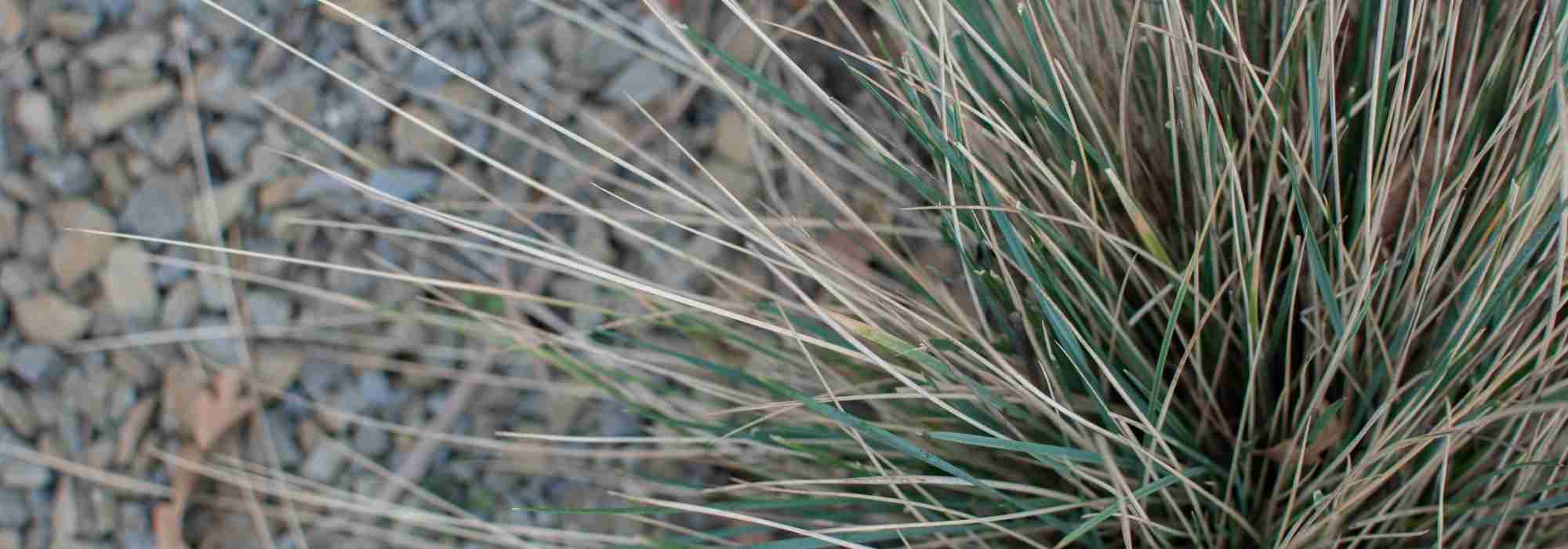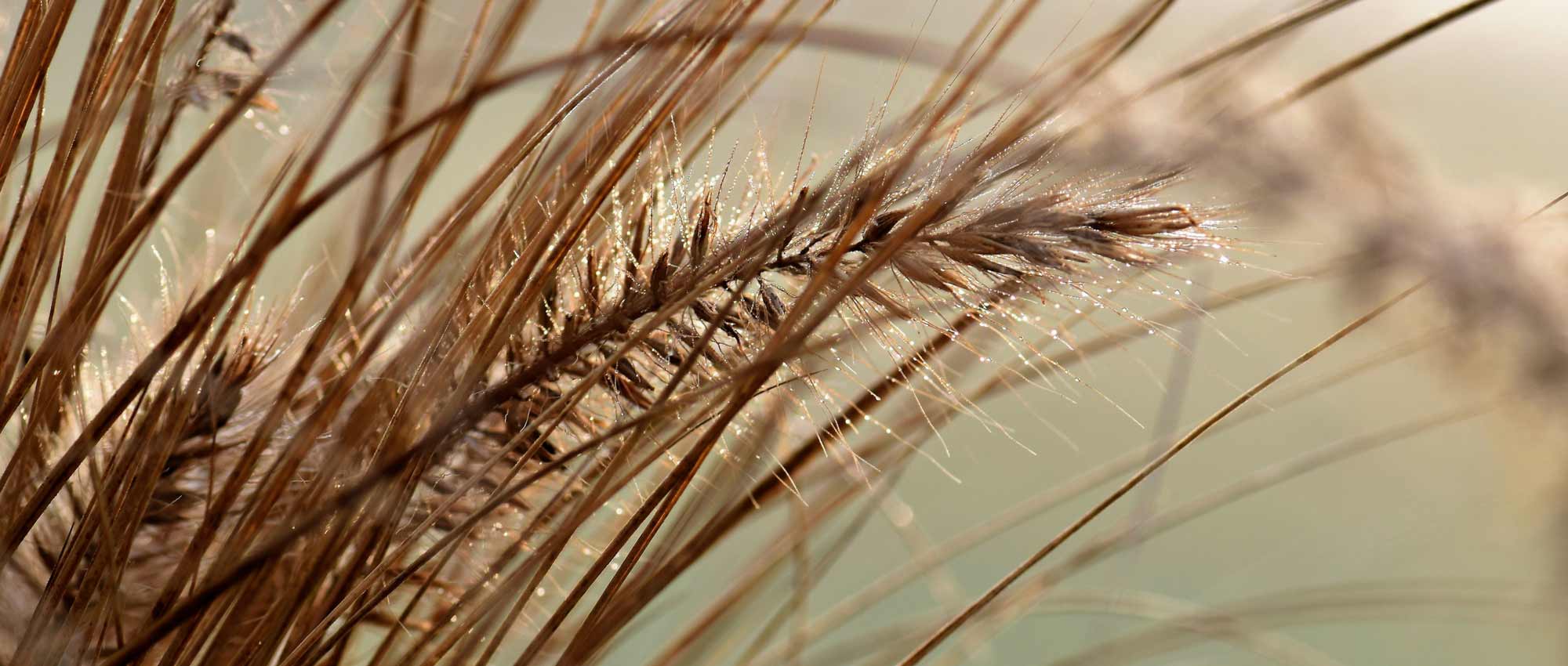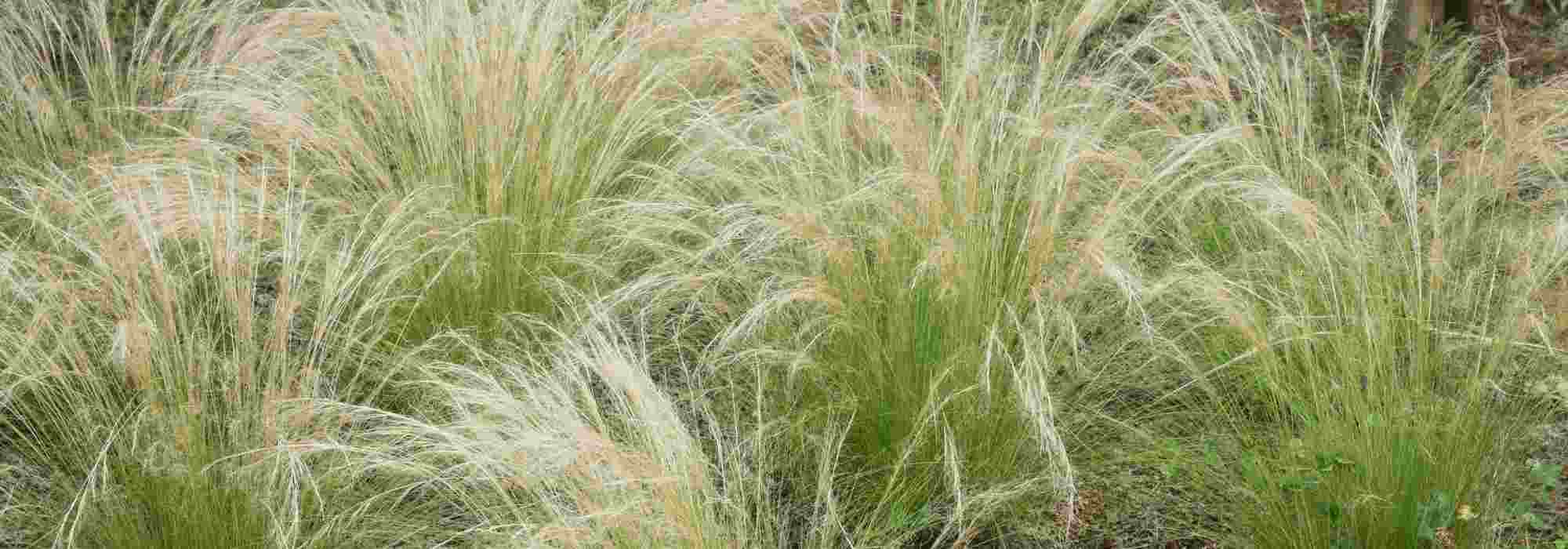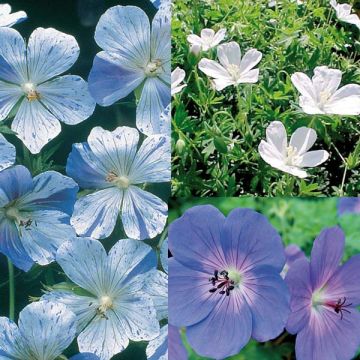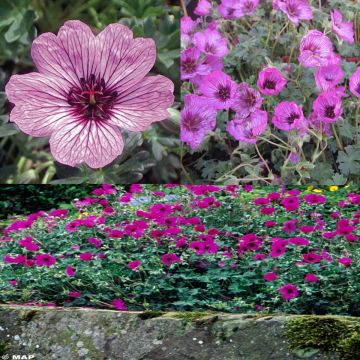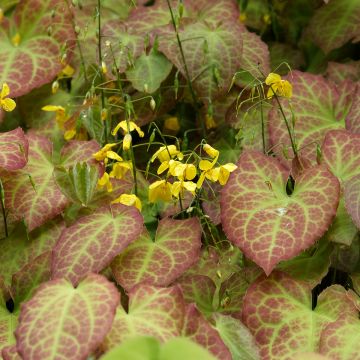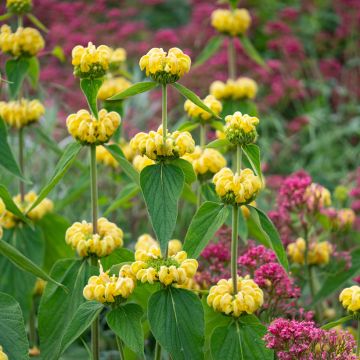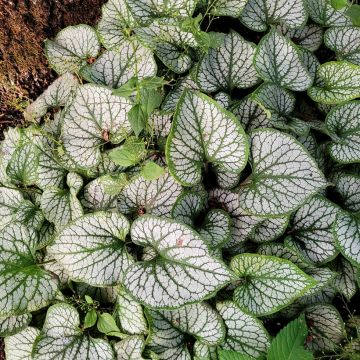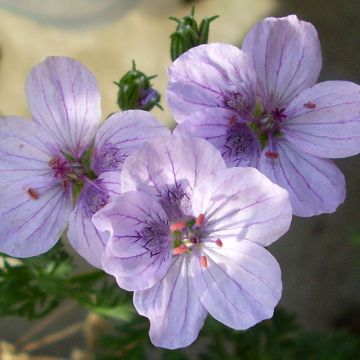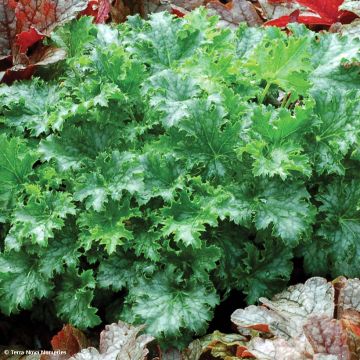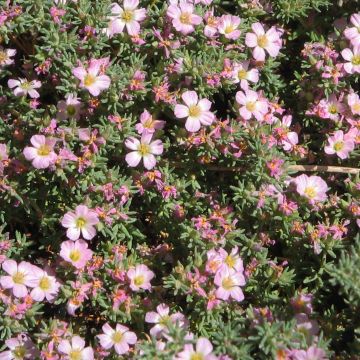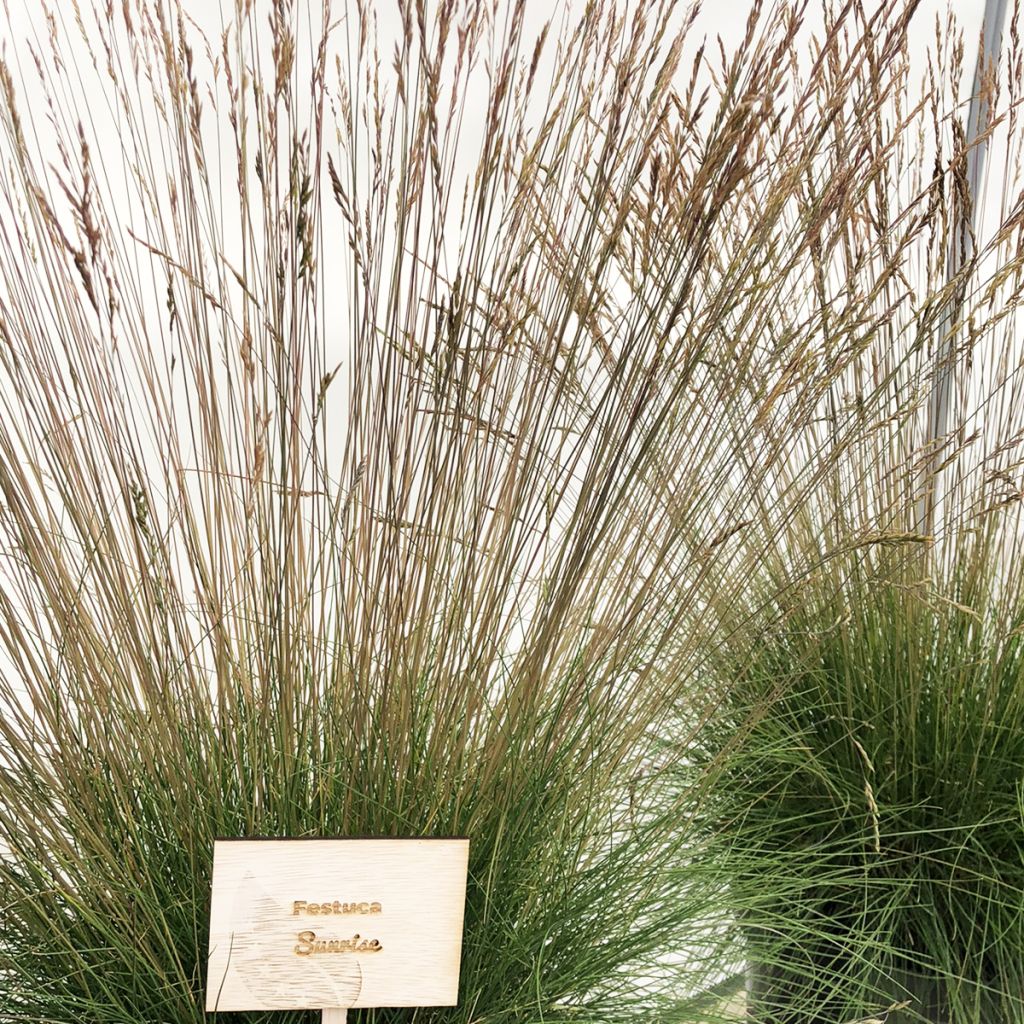

Festuca glauca Sunrise
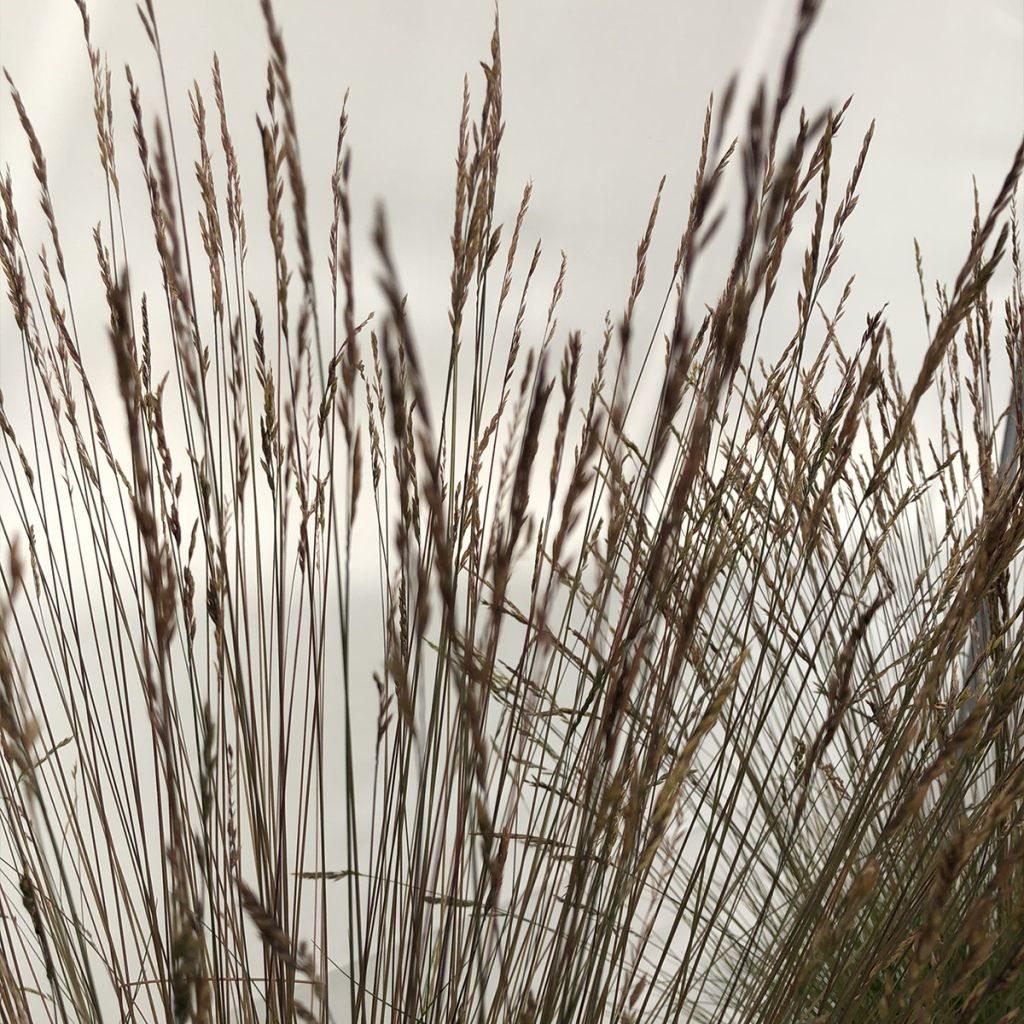

Festuca glauca Sunrise
Festuca glauca Sunrise
Festuca x glauca Sunrise ('Miedzianobrody'PBR)
Fescue
Graminée plantée à l’ombre sèche, elle se plaît ????" "Grass planted in dry shade, it thrives ????
Sylvie B., 24/05/2023
Special offer!
Receive a €20 voucher for any order over €90 (excluding delivery costs, credit notes, and plastic-free options)!
1- Add your favorite plants to your cart.
2- Once you have reached €90, confirm your order (you can even choose the delivery date!).
3- As soon as your order is shipped, you will receive an email containing your voucher code, valid for 3 months (90 days).
Your voucher is unique and can only be used once, for any order with a minimum value of €20, excluding delivery costs.
Can be combined with other current offers, non-divisible and non-refundable.
Home or relay delivery (depending on size and destination)
Schedule delivery date,
and select date in basket
This plant carries a 12 months recovery warranty
More information
We guarantee the quality of our plants for a full growing cycle, and will replace at our expense any plant that fails to recover under normal climatic and planting conditions.

Would this plant suit my garden?
Set up your Plantfit profile →
Description
The Festuca 'Sunrise' is a variety of fescue with colors of dawn that lives up to its name. This small grass forms a compact clump of very fine, evergreen foliage, from which emerges in summer a flowering in shades of orange and copper that remains decorative for a long time. In autumn, its leaves take on coppery tones. Planted en masse, it forms a reliable and durable ground cover, even in poor and dry summer soils. It is also very pretty in a pot on a contemporary terrace.
The Festuca 'Sunrise' is a recent Polish horticultural selection. The Festuca belong to the Poaceae family. This herbaceous perennial plant has a clump-forming habit, meaning it is not invasive. It grows in a small dense clump of very fine, bluish-green leaves. When mature, it will measure about 25-30 cm (10-12in) in all directions. When in flower, it reaches a height of 70 cm (28in). The foliage is evergreen in winter. In July-August, long, light panicles of florets appear, quickly turning orange and red. The floral stems are also tinged with orange-red to copper tones. Incredibly robust, this grass can withstand temperatures down to -20°C (-4°F) in well-drained soil.
The Festuca 'Sunrise' is a perfect plant for dry gardens and areas where the soil is poor and stony. It is used as ground cover, in low borders, in gravel beds, on slopes, or in rock gardens. It creates stunning contrasts with blue fescues (Intense Blue, Elijah Blue), and remains decorative for a good part of the year. It accompanies flowering and light perennials, such as toadflaxes (Peachy), penstemons, scabious, and annual poppies and Damask nigellas. Plant it also with spring bulbs that it will not suffocate, but whose yellowed foliage it will mask in summer.
Festuca glauca Sunrise in pictures
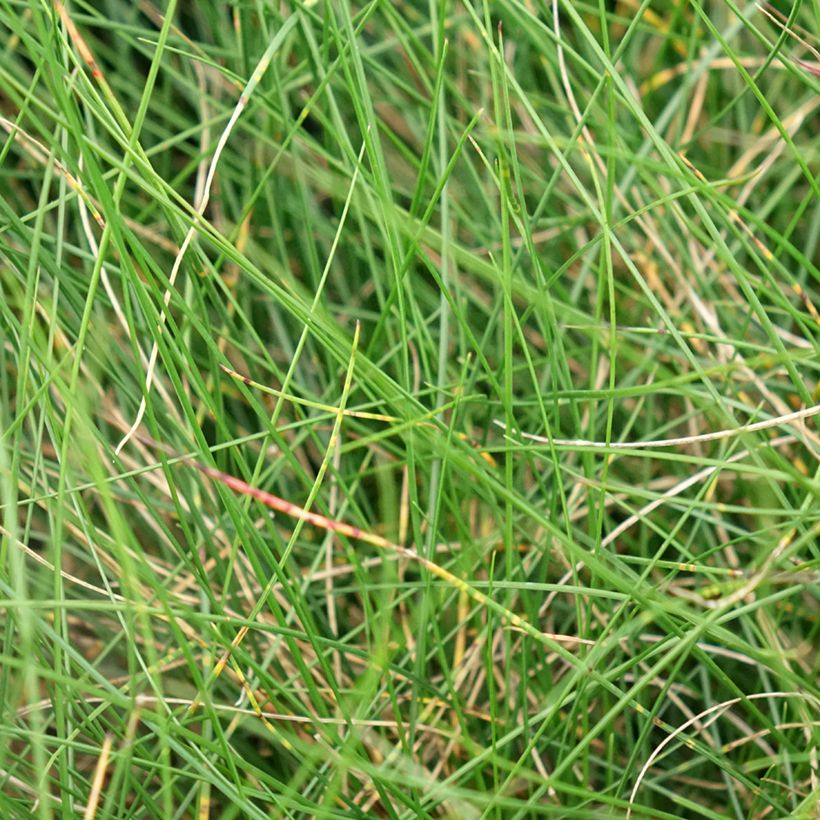

Flowering
Foliage
Plant habit
Safety measures
Botanical data
Festuca
x glauca
Sunrise ('Miedzianobrody'PBR)
Poaceae
Fescue
Cultivar or hybrid
atteinterespiratoire
Cette plante peut entraîner des symptômes allergiques.
Evitez de la planter si vous ou vos proches souffrez de rhinite saisonnière ("rhume des foins").
Davantage d'informations sur https://plantes-risque.info
Other Fescue grass
View all →Planting and care
Plant Festuca 'Sunrise' in autumn or spring, in full sun or even partial shade, in well-drained soil, even poor, and even stony or sandy. Once well rooted, it withstands summer drought. Clayey and compact soils that remain very moist in winter are detrimental to its hardiness. A small plant that thrives easily, even more beautiful when it suffers a little, a problem-free and low-maintenance perennial. Festucas often become bare in the center of the clump. It is advisable to prune them in late winter and regularly replant them by dividing the outer parts of the clumps to replant them a little further away. The clumps are beautiful from the second year onwards.
Planting period
Intended location
Care
Planting & care advice
-
, onOrder confirmed
Reply from on Promesse de fleurs
Similar products
Haven't found what you were looking for?
Hardiness is the lowest winter temperature a plant can endure without suffering serious damage or even dying. However, hardiness is affected by location (a sheltered area, such as a patio), protection (winter cover) and soil type (hardiness is improved by well-drained soil).

Photo Sharing Terms & Conditions
In order to encourage gardeners to interact and share their experiences, Promesse de fleurs offers various media enabling content to be uploaded onto its Site - in particular via the ‘Photo sharing’ module.
The User agrees to refrain from:
- Posting any content that is illegal, prejudicial, insulting, racist, inciteful to hatred, revisionist, contrary to public decency, that infringes on privacy or on the privacy rights of third parties, in particular the publicity rights of persons and goods, intellectual property rights, or the right to privacy.
- Submitting content on behalf of a third party;
- Impersonate the identity of a third party and/or publish any personal information about a third party;
In general, the User undertakes to refrain from any unethical behaviour.
All Content (in particular text, comments, files, images, photos, videos, creative works, etc.), which may be subject to property or intellectual property rights, image or other private rights, shall remain the property of the User, subject to the limited rights granted by the terms of the licence granted by Promesse de fleurs as stated below. Users are at liberty to publish or not to publish such Content on the Site, notably via the ‘Photo Sharing’ facility, and accept that this Content shall be made public and freely accessible, notably on the Internet.
Users further acknowledge, undertake to have ,and guarantee that they hold all necessary rights and permissions to publish such material on the Site, in particular with regard to the legislation in force pertaining to any privacy, property, intellectual property, image, or contractual rights, or rights of any other nature. By publishing such Content on the Site, Users acknowledge accepting full liability as publishers of the Content within the meaning of the law, and grant Promesse de fleurs, free of charge, an inclusive, worldwide licence for the said Content for the entire duration of its publication, including all reproduction, representation, up/downloading, displaying, performing, transmission, and storage rights.
Users also grant permission for their name to be linked to the Content and accept that this link may not always be made available.
By engaging in posting material, Users consent to their Content becoming automatically accessible on the Internet, in particular on other sites and/or blogs and/or web pages of the Promesse de fleurs site, including in particular social pages and the Promesse de fleurs catalogue.
Users may secure the removal of entrusted content free of charge by issuing a simple request via our contact form.
The flowering period indicated on our website applies to countries and regions located in USDA zone 8 (France, the United Kingdom, Ireland, the Netherlands, etc.)
It will vary according to where you live:
- In zones 9 to 10 (Italy, Spain, Greece, etc.), flowering will occur about 2 to 4 weeks earlier.
- In zones 6 to 7 (Germany, Poland, Slovenia, and lower mountainous regions), flowering will be delayed by 2 to 3 weeks.
- In zone 5 (Central Europe, Scandinavia), blooming will be delayed by 3 to 5 weeks.
In temperate climates, pruning of spring-flowering shrubs (forsythia, spireas, etc.) should be done just after flowering.
Pruning of summer-flowering shrubs (Indian Lilac, Perovskia, etc.) can be done in winter or spring.
In cold regions as well as with frost-sensitive plants, avoid pruning too early when severe frosts may still occur.
The planting period indicated on our website applies to countries and regions located in USDA zone 8 (France, United Kingdom, Ireland, Netherlands).
It will vary according to where you live:
- In Mediterranean zones (Marseille, Madrid, Milan, etc.), autumn and winter are the best planting periods.
- In continental zones (Strasbourg, Munich, Vienna, etc.), delay planting by 2 to 3 weeks in spring and bring it forward by 2 to 4 weeks in autumn.
- In mountainous regions (the Alps, Pyrenees, Carpathians, etc.), it is best to plant in late spring (May-June) or late summer (August-September).
The harvesting period indicated on our website applies to countries and regions in USDA zone 8 (France, England, Ireland, the Netherlands).
In colder areas (Scandinavia, Poland, Austria...) fruit and vegetable harvests are likely to be delayed by 3-4 weeks.
In warmer areas (Italy, Spain, Greece, etc.), harvesting will probably take place earlier, depending on weather conditions.
The sowing periods indicated on our website apply to countries and regions within USDA Zone 8 (France, UK, Ireland, Netherlands).
In colder areas (Scandinavia, Poland, Austria...), delay any outdoor sowing by 3-4 weeks, or sow under glass.
In warmer climes (Italy, Spain, Greece, etc.), bring outdoor sowing forward by a few weeks.






























